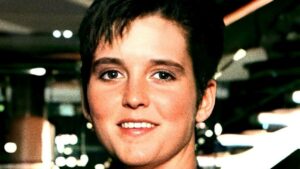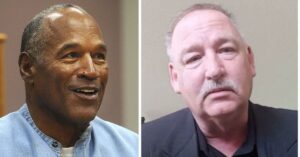“Unlocking the Secrets of the Moon: The Ingenious Strategies That Made NASA’s Historic Landing Possible”
The first manned flight of the Block II CSM took place from October 11-22 aboard Apollo 7, crewed by Commander Wally Schirra – a veteran of the Mercury and Gemini programmes – Command Module Pilot Donn Eisle, and Lunar Module Pilot Walter Cunningham. Apollo 7 was supposed to be followed by an orbital test of the Lunar Module, but the political desire to achieve a spaceflight spectacular to intimidate the Soviets led to this flight being reconfigured as a lunar orbital mission. Crewed by Frank Borman, James Lovell, and William Anders, Apollo 8 was flown between December 21 and 27, 1968 and marked the first time in history that humans visited another celestial body and observed the far side of the moon.
The first manned orbital test of the Lunar Module was moved to the Apollo 9 mission, crewed by commander James McDivitt, Command Module Pilot David Scott, and Lunar Module Pilot Rusty Schewickart. Flown between March 3 and 13, 1969, Apollo 9 succeeded in fully proving out the LM design as well as achieving a number of spaceflight firsts, including the first docking and extraction of a LM from its adapter; the first independent flight of a pure spacecraft designed only for use in space; the first flight test of an independent life support system – i.e. the PLSS backpack the astronauts would later use on the lunar surface; the first manned “fire in the hole” test of the LM ascent stage engine; and and the second docking of two manned spacecraft after the Soviet Soyuz 4 and 5 mission on January 14, 1969. The mission also reintroduced a practice that would become standard on all subsequent Apollo missions. Prior to the March 23, 1965 Gemini 3 mission, Commander Gus Grissom – who would later perish in the Apollo 1 fire – dubbed his spacecraft the “Molly Brown” – a cheeky reference to the Broadway musical The Unsinkable Molly Brown and Grissom’s July 21, 1961 Mercury-Redstone 4 mission, during which a malfunctioning hatch led to the capsule sinking and Grissom nearly drowning in the Atlantic ocean – and for more on this forgotten near-disaster, please check out our previous video Forgotten History: NASA and the Sinking Spacecraft. Unfortunately, NASA administrators did not share Grissom’s macabre sense of humour, and banned all future astronauts from naming their spacecraft. However, the Apollo 9 crew pointed out that once separated, the CSM and LM would need different callsigns to differentiate them. The Apollo 9 Command Module arrived at the Vertical Assembly Building at Cape Canaveral wrapped in blue plastic, which reminded the crew of a giant candy; the CSM was thus dubbed “Gumdrop.” Meanwhile, the LM was given the callsign “Spider” for obvious reasons.












